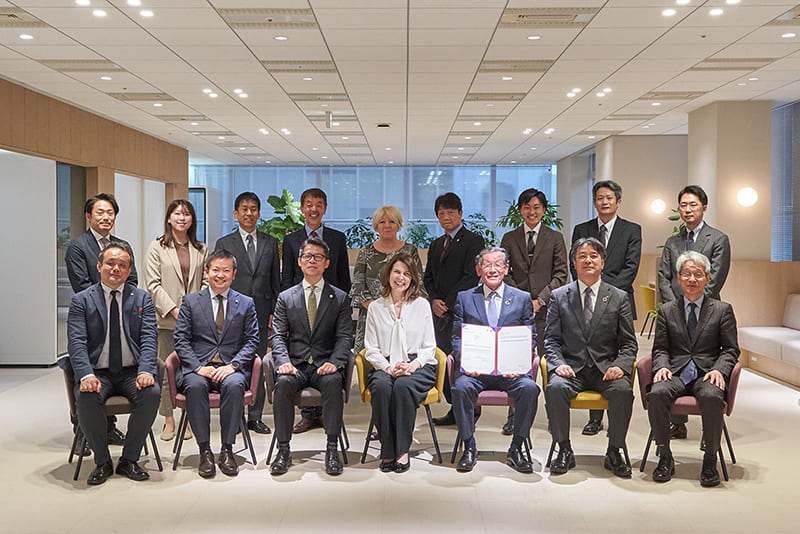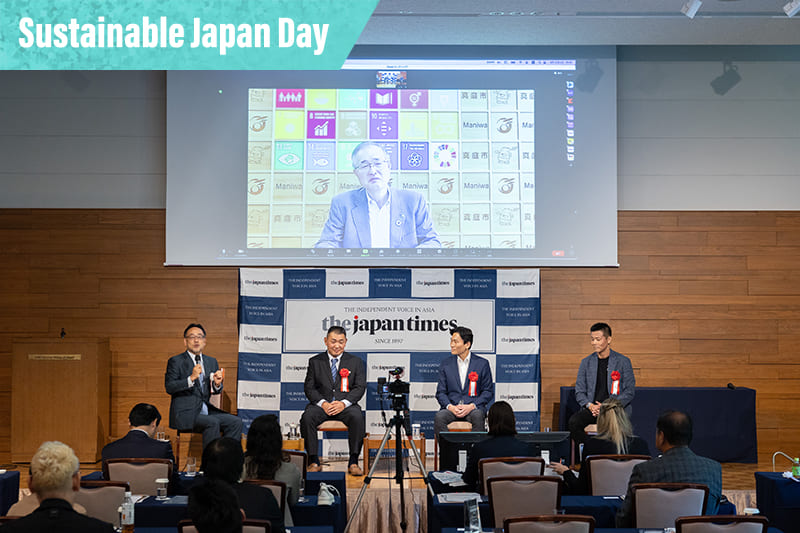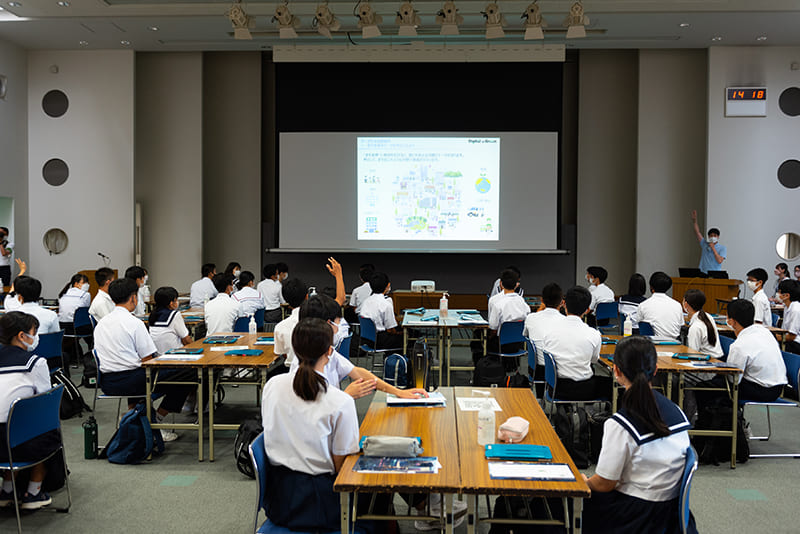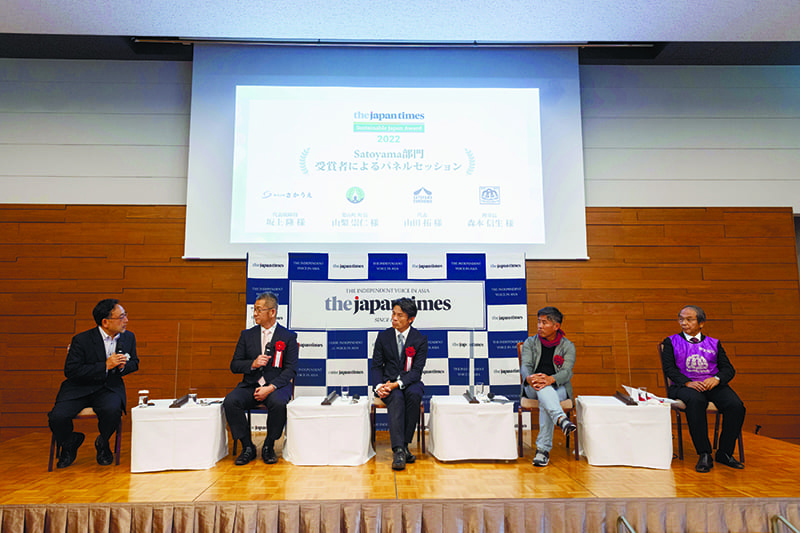February 22, 2024
NTT tool Sugatami reflects cities’ extensive possibilities
Sustainable Japan Network
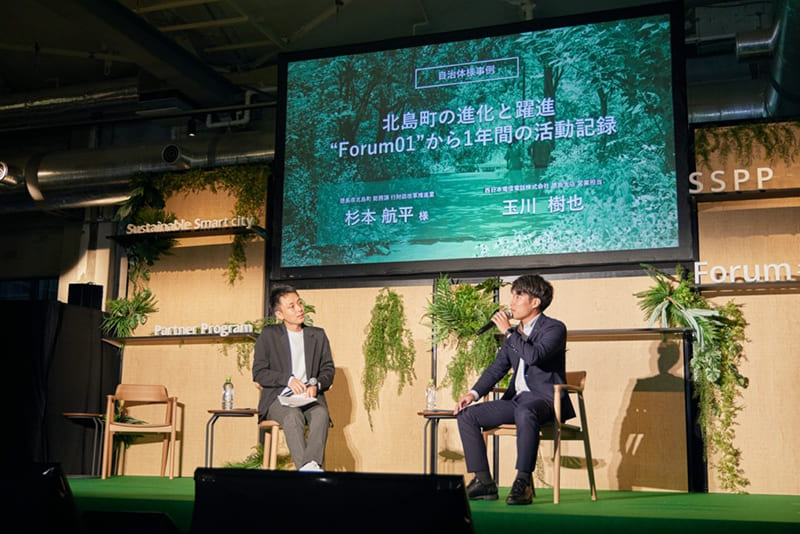
With the use of digital technology to solve rural social problems now promoted as a national policy, some places have begun trying to use data to analyze their current situation, identify problems and find solutions.
The Sustainable Smart City Partner Program (SSPP) run by NTT Corp., a leading telecommunications company, offers just the right set of tools for this purpose: Sugatami. Named from the term for a full-length mirror, it reflects a community’s functions and residents’ satisfaction. The SSPP is a co-creation platform aimed at supporting regional development.
In a recent interview with The Japan Times, officials from two cities shared their experiences of using Sugatami in involving citizens in community development, along with Wakana Matsumura, director of the Alliance Department of NTT’s Research and Development Market Strategy Division, and Kenta Motoki, manager of the department. “Evidence-based policymaking for community development is what the central government is promoting among all municipalities across the nation. Many of the local governments will do better if they collaborate with third parties on this. As a company that specializes in data, we are delighted to be part of such collaborations,” Motoki said.
One of the two cities is Yamanashi, which became a member of the SSPP in 2020. In line with the national government’s vision for a Digital Garden City Nation, announced in December 2022, city officials have been discussing how to effectively use digital technologies for local development. They decided to start by meeting with members of the public to discuss what the city needed to do to improve the happiness and well-being of citizens.
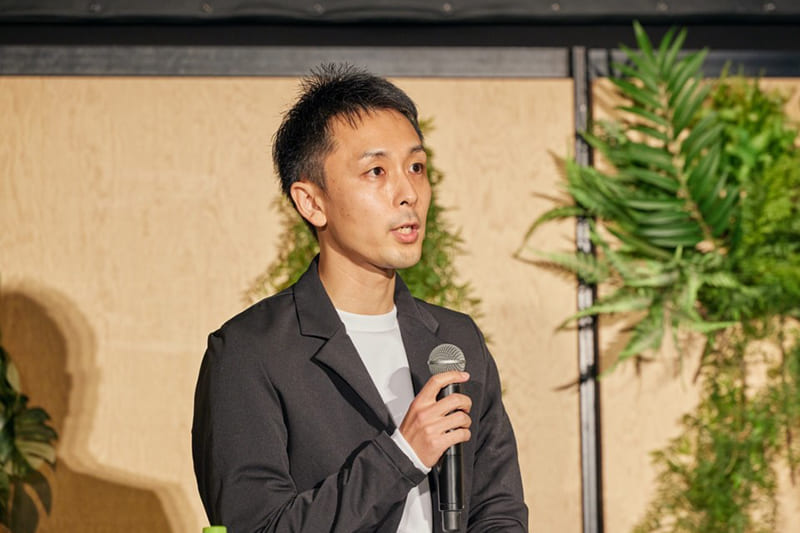
To prepare for the meeting, Sugatami was used to visualize the city’s characteristics, scoring 18 functions — including the economy, education, health, welfare and transportation — based on over 100 indicators as well as surveys of residents. Mayor Haruo Takagi also participated in the March 2023 meeting.
“In the meeting, we presented a comparison between a breakdown of the city’s budget for the fiscal year of 2022 and the results we got from Sugatami,” said Yuki Amemiya, the city’s official in charge of planning policies. “The comparison revealed some unexpected facts. For example, citizens’ satisfaction concerning some areas such as child rearing and education had not improved despite the city’s financial commitment to those areas.” On the other hand, many people seemed to be highly satisfied with the blessings of the natural environment and the quality of the drinking water, which each require less effort to maintain.
“Some participating citizens analyzed that the stagnation in satisfaction might be because they were taking the current state of education for granted. Many participants commented that they wanted to cooperate with the local government to solve problems that are difficult for the city to deal with by itself, such as the issue of depopulation, instead of relying entirely on the city to solve everything,” Amemiya said. “We aim to hold more meetings of the same kind with different groups such as residents of depopulated areas of the city or children and youths.”
Amemiya noted that there had been previous opportunities for the government to hold meetings to explain something to citizens or hear their requests, but this was the first time it had held one to engage in a deep discussion with townspeople. He believes this kind of analysis and discussion will enable the most efficient and effective use of the city’s limited budget. Sugatami was also used in a workshop for city officials last year, and Amemiya aims to use it in training new staff members.
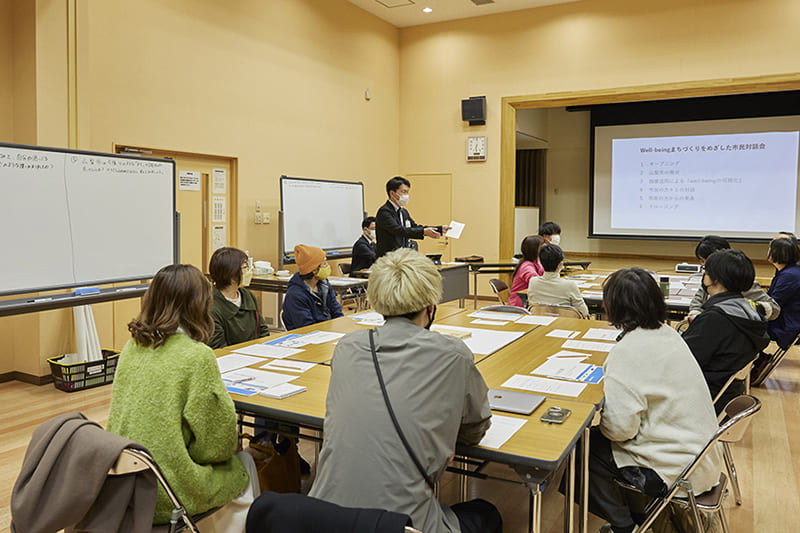
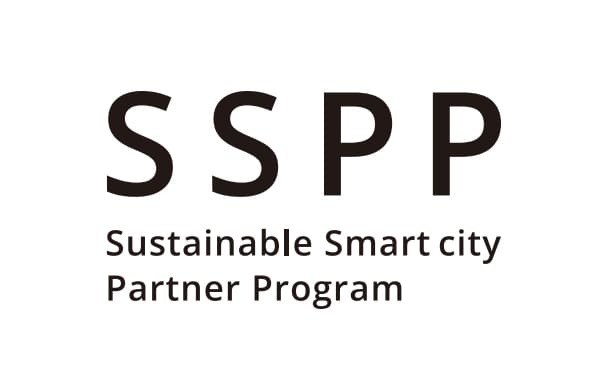
Another place that uses Sugatami is the town of Kitajima in Tokushima Prefecture. “Kitajima is the smallest municipality in the prefecture in terms of area,” said Kohei Sugimoto, the official in charge of promoting administrative and financial reforms, but “the population is a little more than 23,000 and has been increasing slightly. The population density is the highest in the entire Shikoku region. The sense of crisis over depopulation is not high, at least for now.” But he also noted that neither is there much of a sense of satisfaction or recognition of the town’s strengths. This is why Sugatami has been exploring what challenges it faces and how to solve them in sustainable ways for residents’ well-being.“I happened to read an NTT press release about Sugatami. I approached the company and started exchanging ideas, and deepened our understanding of our own town by using Sugatami in mapping out our municipal comprehensive strategy,” Sugimoto said. The central government draws up a comprehensive strategy every five years, and each municipal government localizes it. “The usual way to do this had been to refer to statistics, surveys of citizens and discussions among outside experts,” he said. What Sugatami added to the conventional methods was integrated multifaceted analysis of which town functions were superior and how satisfactory each one was. “For example, we found out that the townspeople were not very satisfied with education, although this was one of the areas in which the town had invested the most effort and money,” he said, pointing out that this kind of discovery had helped the town change its approaches toward various functions and how it redistributes resources.
“Citizens have different forms of happiness and desires, which may conflict with or complement each other. Not everything can be satisfied by the local government, because there are some things that citizens need to do themselves. Staying out of their way and supporting their achieving whatever they want is an important attitude that the local government should have, which will eventually lead to fulfilling residents’ hopes,” Sugimoto said.
The town plans to use Sugatami in workshops for citizens to show them the rich store of data available about the town in order to help them understand where they stand in relation to the development of their community and recognize its ambitions as their own.
Sugimoto also touched on the importance of communicating with people and organizations outside the town to gain fresh perspectives and opinions, and said the SSPP serves as an ideal platform for such interactions. Indeed, that is exactly what the SSPP is intended for. “Various stakeholders — including member municipalities, companies, advisers and people who are interested in community development — connect with each other and act voluntarily to share wisdom and solve problems: This is how we want the SSPP to work,” Matsumura from NTT said.
She added that NTT has also been offering its staff opportunities for equipping themselves with the right qualities for engaging in community development. “To be recognized as a reliable partner in community development, we need to have more human resources with an ability to build consensus among diverse stakeholders with entangled interests,” she said. She added that NTT hopes that this training program can be extended outside the company to help connect people from all walks of life and enable them to learn from each other in the future.
NTT is a member of the Sustainable Japan Network, a group of companies that cooperate with this newspaper to spread information about sustainability in Japan.
You can also be part of the network; visit: https://sustainable.japantimes.com/sjnetwork-jp

